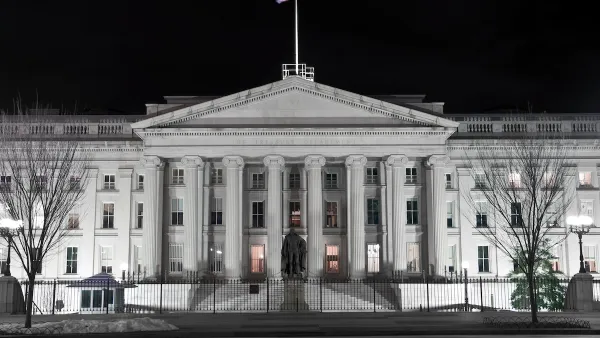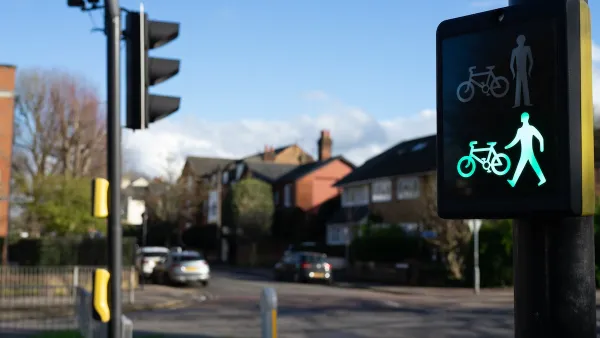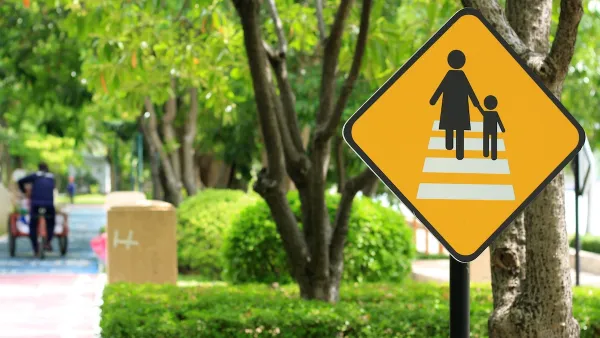Another reason to hate the Monday after daylight-saving time goes into effect: a spike in the number of car crashes and traffic fatalities.

Brian Resnick writes that the only thing worse than losing an hour of weekend when the clock switches to daylight-saving time are the car crashes that follow on Monday.
The problem is the loss of sleep. When the clock springs forward, “[i]t's like giving the entire nation one time zone's worth of jet lag,” writes Resnick. But that’s only the beginning of story. The rest of the story requires the research of a team from Johns Hopkins and Stanford universities, which published a study in 1999 finding the following distressing findings regarding traffic safety on this most somnambulant of days:
Analyzing 21 years of fatal car crash data from the US National Highway Transportation Safety Administration, they found a very small, but significant, increase of road deaths on the Monday after the clock shift in the spring. The number of deadly accidents jumped to an average of 83.5 on the "spring forward" Monday compared with an average of 78.2 on a typical Monday.
Another study in Canada a few years earlier found a similar increase, and the same results were found in Great Britain the decade previous. On the other side of the calendar, a study from 2007 found that drivers are more likely to strike pedestrians at the end of daylight-saving time, when it gets darker earlier.
In answer to the question of whether we should all stay home from work and avoid getting behind the wheel on the Monday after daylight-saving time starts, according to Resnick, “[the] takeaway is that even small decreases in our sleep times can stress our bodies,” and we humans have to be aware of our fragility.
FULL STORY: Another reason to hate daylight saving time: car crashes

Analysis: Cybertruck Fatality Rate Far Exceeds That of Ford Pinto
The Tesla Cybertruck was recalled seven times last year.

National Parks Layoffs Will Cause Communities to Lose Billions
Thousands of essential park workers were laid off this week, just before the busy spring break season.

Retro-silient?: America’s First “Eco-burb,” The Woodlands Turns 50
A master-planned community north of Houston offers lessons on green infrastructure and resilient design, but falls short of its founder’s lofty affordability and walkability goals.

Test News Post 1
This is a summary

Analysis: Cybertruck Fatality Rate Far Exceeds That of Ford Pinto
The Tesla Cybertruck was recalled seven times last year.

Test News Headline 46
Test for the image on the front page.
Urban Design for Planners 1: Software Tools
This six-course series explores essential urban design concepts using open source software and equips planners with the tools they need to participate fully in the urban design process.
Planning for Universal Design
Learn the tools for implementing Universal Design in planning regulations.
EMC Planning Group, Inc.
Planetizen
Planetizen
Mpact (formerly Rail~Volution)
Great Falls Development Authority, Inc.
HUDs Office of Policy Development and Research
NYU Wagner Graduate School of Public Service




























